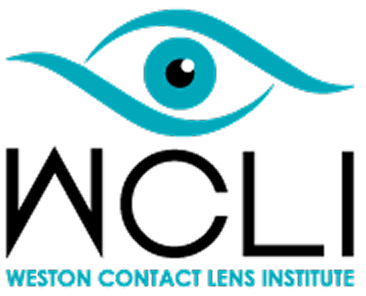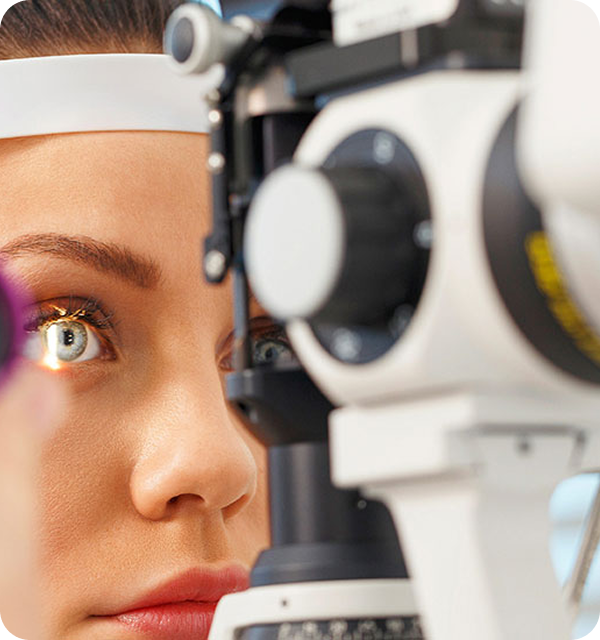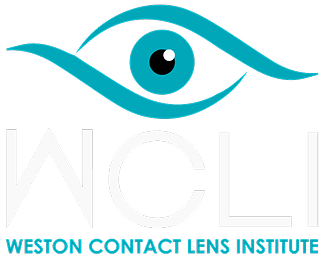Myopia, also referred to as nearsightedness, is a condition that affects more than 19 million children in the U.S. and is becoming more prevalent by the day. Myopia often starts in childhood and continues to progress until early adulthood.
Myopia occurs when the shape of the eyeball causes light to focus in front of the retina instead of directly on it. This results in blurred vision because the signals sent to the brain are unclear. In children, myopia can lead to eyestrain and squinting, resulting in difficulties in school.
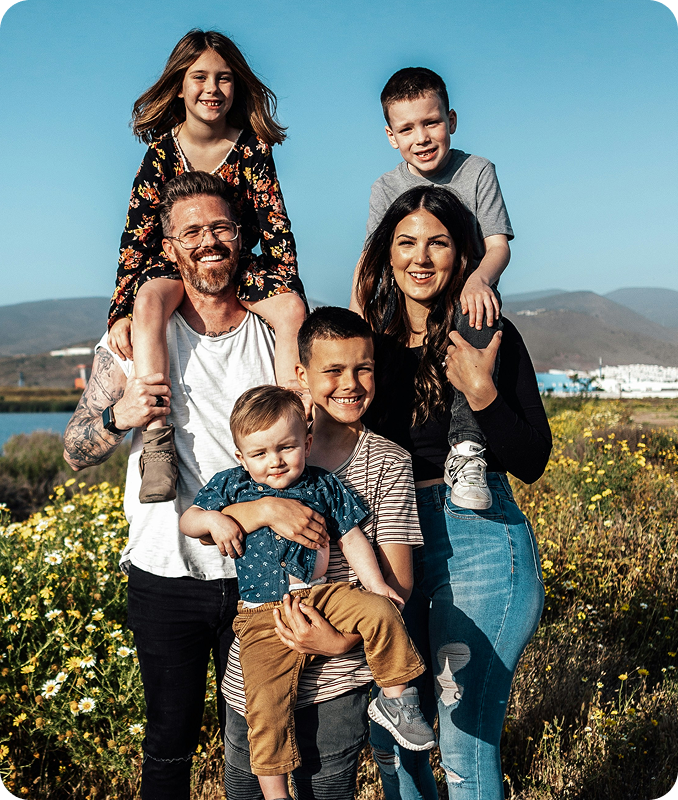
What Are the Signs of Early Myopia in Children?
Patients with myopia can clearly see close objects but have difficulty seeing distant objects. While an adult can easily articulate when their vision is blurry, a child may not have the vocabulary for or the understanding of what clear vision should be. They may not be aware of what they’re missing out on. Due to the inability to articulate their difficulties, parents should be aware of other signs that can indicate myopia, such as:
- Squinting, blinking, or rubbing their eyes frequently
- Struggling to participate in classroom activities
- Holding reading materials unusually close to their face
- Difficulty participating in sports that involve catching balls
- Frequent complaints of headaches or eye pain
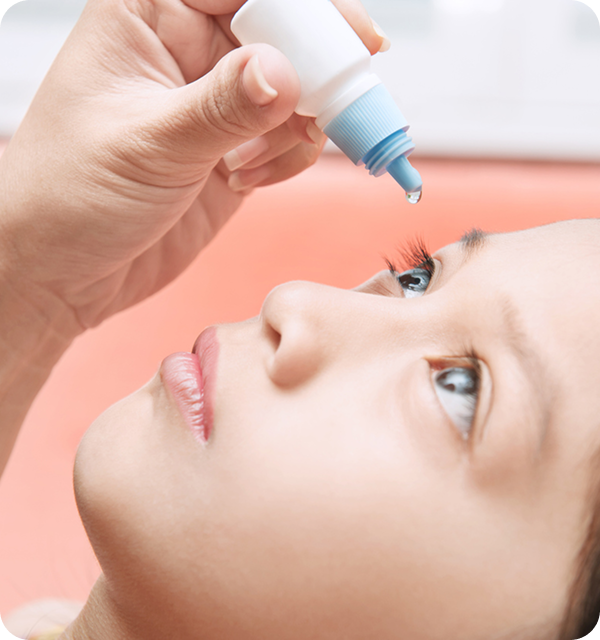
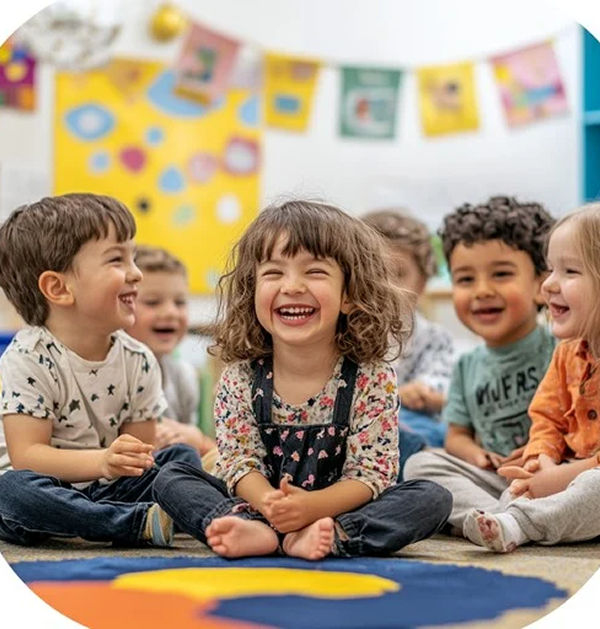
What Is the Role of Atropine Drops in Management?
When Atropine drops are given to children daily, the progression of myopia can be slowed by up to 60%. Atropine temporarily relaxes the eye’s focusing mechanism, which reduces the stimulus that causes elongation of the eyeball. Low-dose Atropine has shown promise in slowing myopia with minimal side effects, reducing the risk of developing high myopia.High myopia has several potential associated complications such as retinal detachment, glaucoma, cataracts, and macular degeneration. These conditions put the patient at a much higher risk of partial or total vision loss later in life. It is critical to manage myopia while the patient is young to prevent continued elongation and the risk of subsequent diseases. Children as young as four years old have benefited from Atropine therapy.One of the most significant benefits of Atropine drops is their compatibility with other vision correction methods. Children can continue enjoying the corrective benefits of glasses or contact lenses while managing myopia progression with Atropine drops.
Are Atropine Drops Safe for Children?
Low-dose Atropine has been shown to be safe for long-term use in children and adolescent patients. Some patients may experience mild side effects like sensitivity to light or blur at near. As the eyes adjust to the medication, these side effects typically cease. During treatment, our patients are monitored closely for any signs that the concentration needs to be adjusted.
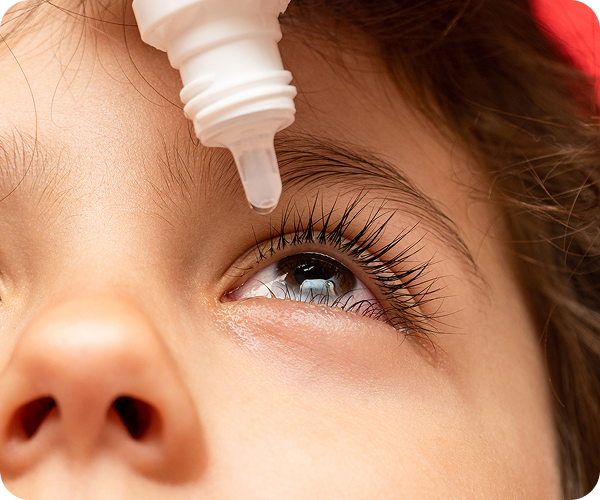
Protect Your Child’s Eyesight With Atropine Drops
Early management of myopia is essential to prevent long-term complications and ensure the health of your child’s vision. Atropine eye drops are a safe, effective, and easy-to-use option for slowing myopia progression. Taking proactive steps now can help safeguard your child’s eyesight.
If you are concerned about your child’s vision or have noticed frequent changes in the glasses prescription, contact Weston Contact Lens Institute to schedule an appointment. Together, we can discuss your options to help your child thrive.
